
It's high time to visit Sinop, a city with a population of 36,734 which
is situated on the most northern edge of the Turkish side of Black Sea
coast, in the ancient region of Paphlagonia, in modern-day northern
Turkey, historically known as Sinop.

In cloudy weather the city is not that picturesque as it usually is.
The city has a shape of an hour-glass. The thinnest part is represented
by a small isthmus which connects the continent with the Boztepe Cape.
All the main sights are situated on the Cape. Fortifications built under
the reign of Mithradates IV are the most ancient monuments of the city.
Their length used to be equal to 2 km.
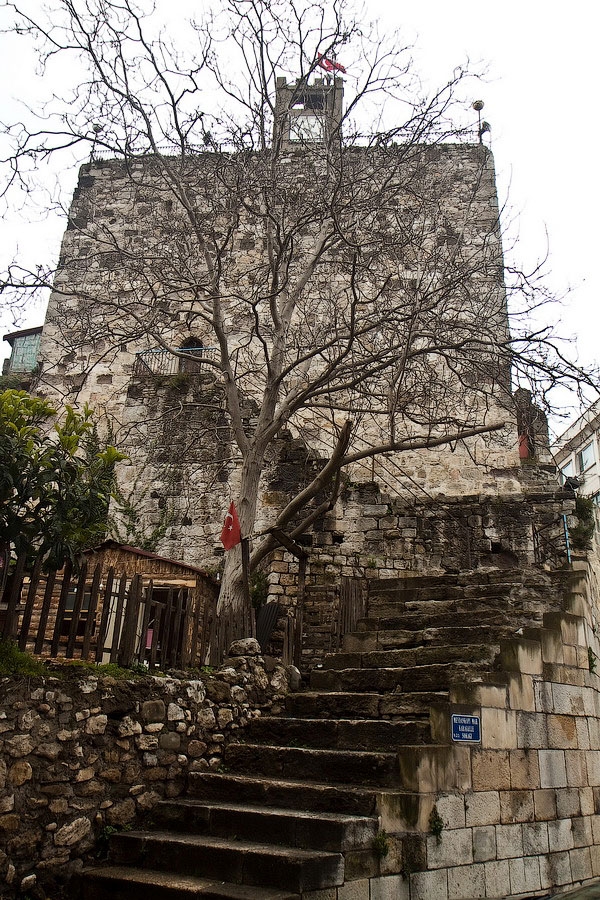
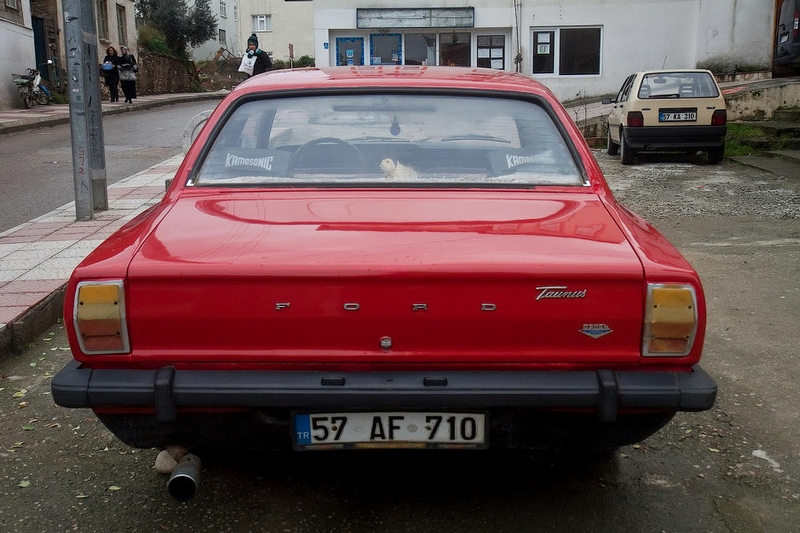
Local cars.
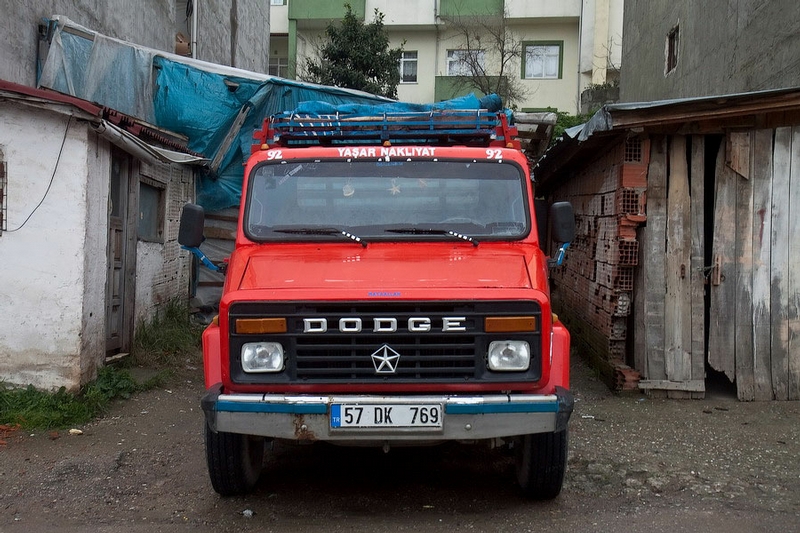
During the reign of Mithradates IV the city was filled with marble
alleys and endless piazzas. CezayirliAliPasaCamii Mosque is a Moslem
shrine which embraces a tomb of the Prophet Muhammad's grandson St.
Bilal. Bilal was killed in the 7th century.
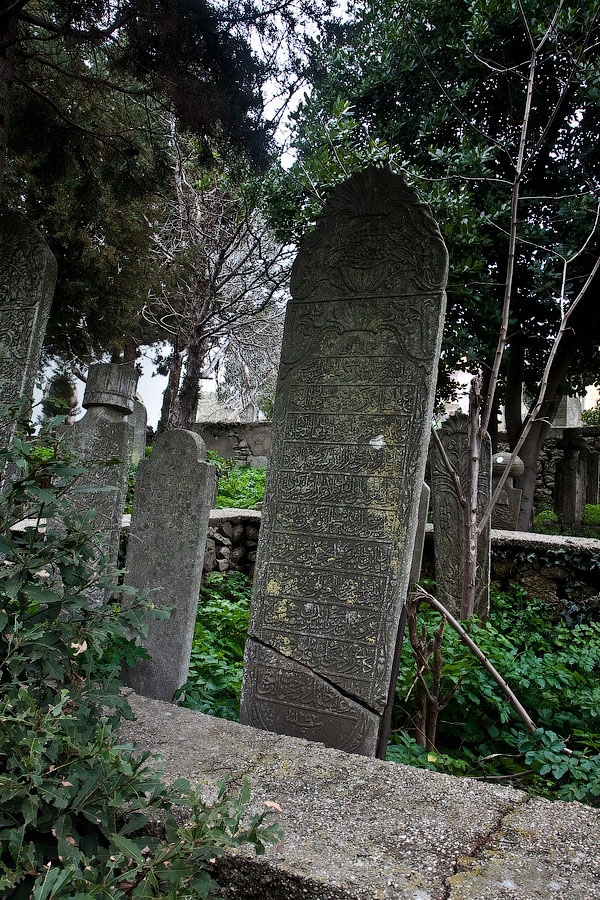
The tomb.
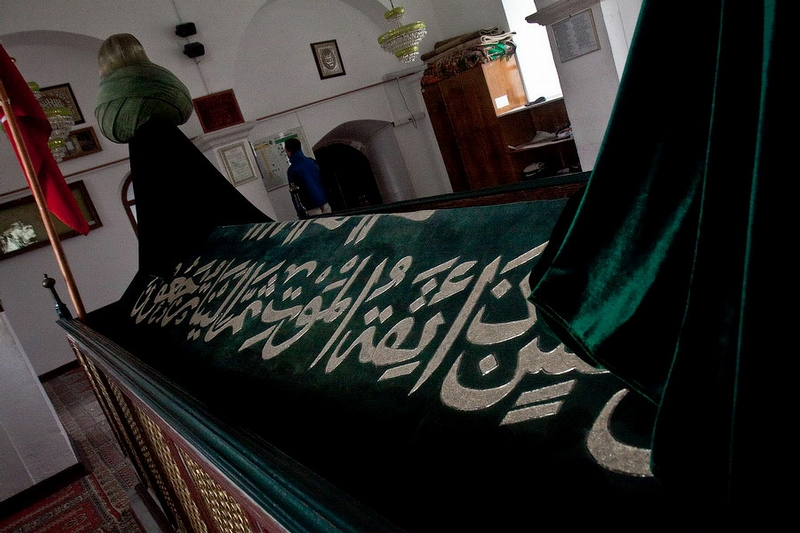
The museum of Sinop.
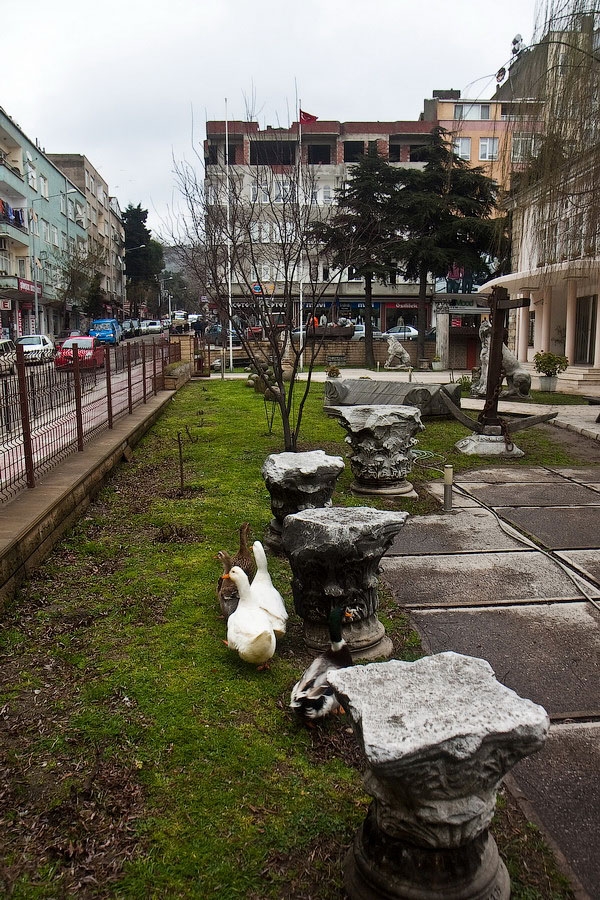
The Batlle of Sinop was a naval battle fought during the Crimean War
between Russian and Turkish squadrons on Nov. 18(30), 1853, in the bay
of Sinop. The Turkish squadron, commanded by Osman Pasha, had arrived at
the port of Sinop from Istanbul and was preparing to land troops in the
vicinity of Sukhum-Kale (Sukhumi). A Russian squadron of the Black Sea
Fleet under the command of Vice Admiral P. S. Nakhimov (three ships of
the line) was assigned the task of impeding major enemy movements. On
November 8 (20), the Russian squadron, while cruising in the
southeastern part of the Black Sea, happened upon Osman Pasha’s squadron
and blocked it in the bay of Sinop. After the arrival of
reinforcements, Nakhimov, with six ships of the line and two frigates
(720 guns) now under his command, decided to attack the Turkish
squadron, which consisted of seven frigates, three corvettes, two steam
frigates, two brigs, and two transports, a total of 510 guns. On
November 18, the Russian ships, after overcoming a dense barrage from
Turkish shore batteries (38 guns), advanced in a column and broke
through into the bay. They then dropped anchor and opened fire on the
enemy’s ships and batteries. In the course of four hours the Russians
destroyed all the Turkish ships, except the steamer Taif under the
command of the British adviser A. Slade, which escaped, and almost all
the batteries. The Turks lost more than 3,000 men; approximately 200
men, including the wounded Osman Pasha, were captured. Russian losses
numbered 37 killed and 235 wounded.

A monument to the Turks killed during the Sinop battle. With victory in
the battle of Sinop, the Russian fleet gained supremacy in the Black
Sea and foiled Turkish plans of landing a force in the Caucasus.
Responding to the defeat of their ally, Great Britain and France moved
their squadrons into the Black Sea in December 1853. The battle of Sinop
was the last battle of the age of sailing fleets. That was a vivid
example of complete liquidation of a hostile fleet at the base of the
latter. The Turks, however, consider the episode as a raid and unjust
action of foreign fleet with superior fire power. They believe that they
found understanding in Europe as France and England declared war on
Russia following the incident. The monument states: 'Never forget the
soldiers who lost their lives in the result of a sudden and cruel
attack'.
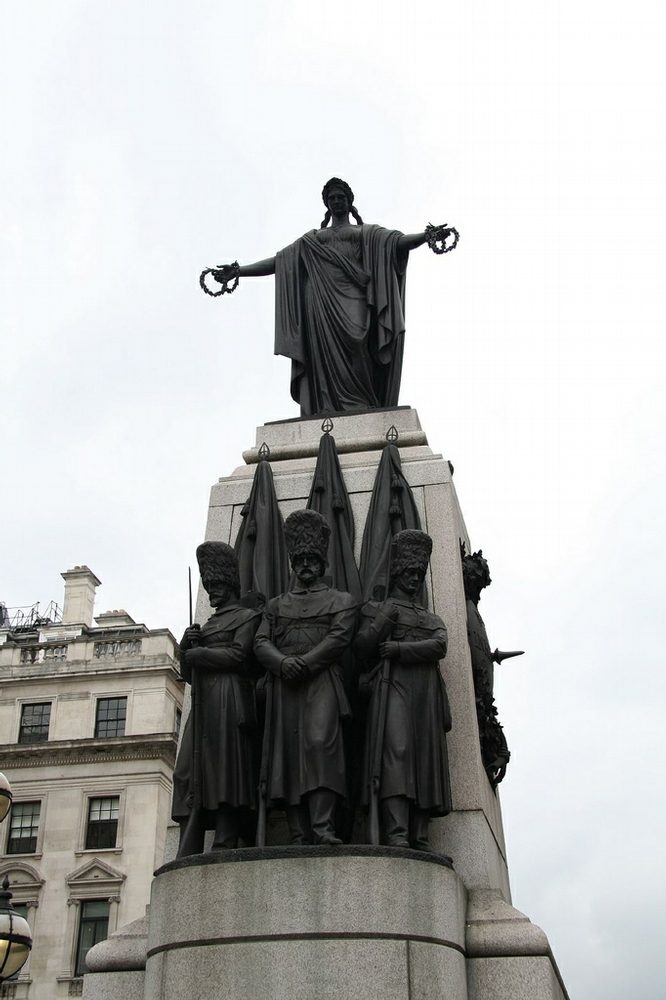
By the way, the monument Caucasian War is situated in London reminding of the fact that Russia and England used to at war.
External territory of the museum has different tombs and columns belonging to various epochs.
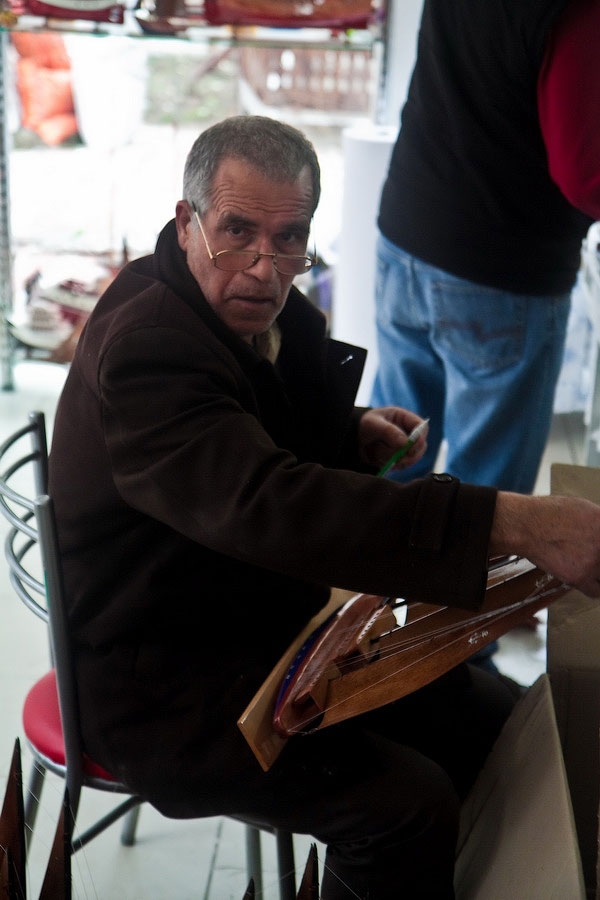
The person owns a shop where homemade ships are made.
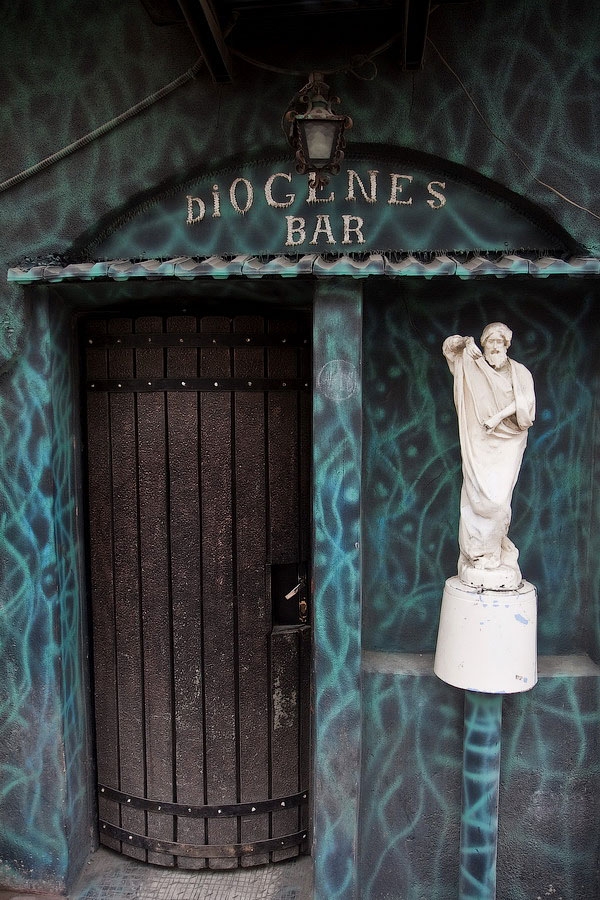
Diogenes Bar.
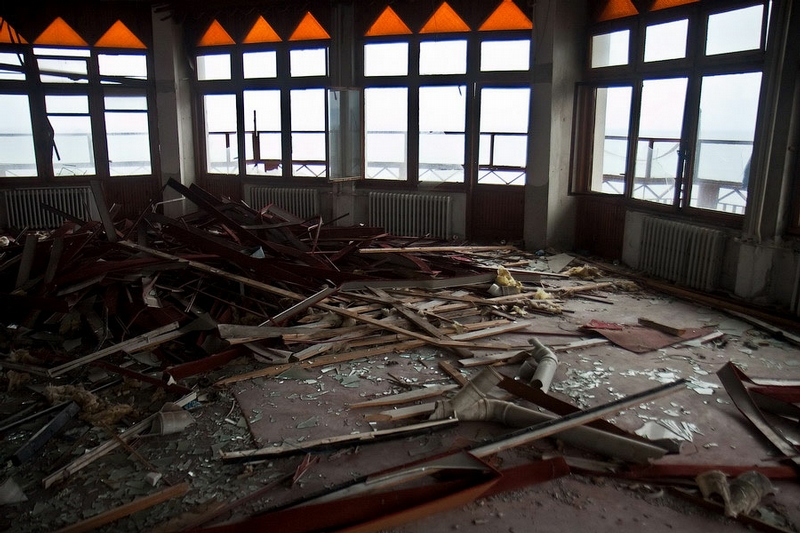
A large number of semi-destructed buildings were found along the coast. This one used to be a hotel.

This is a view from a window.
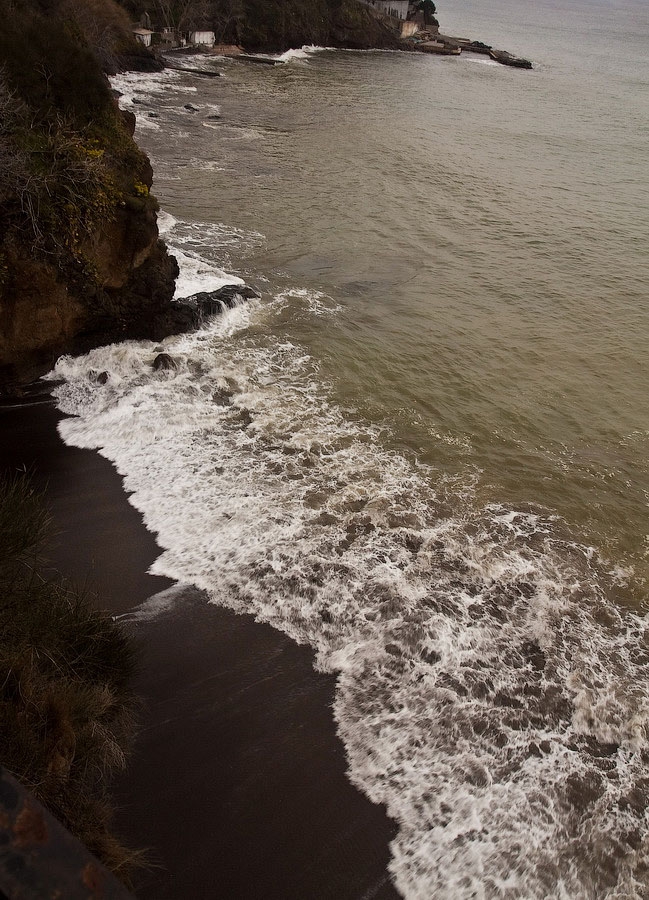
Many beaches are not in a good condition.

In 2008 the number of tourists was decreased and hotels on the coast got closed.
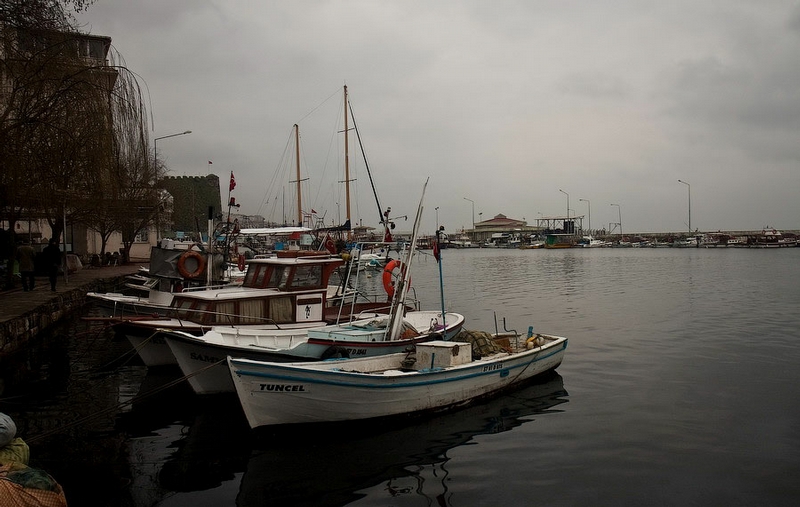
A bay in the center of the city.
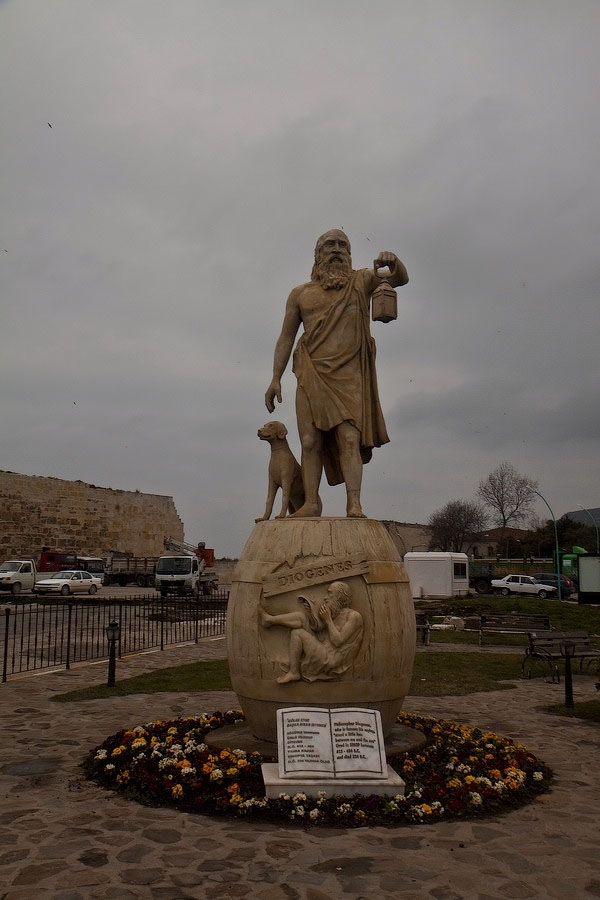
A monument to Diogenes who is a memorable citizen of Sinop. He believed
that virtue was better revealed in action than in theory. He used his
lifestyle and behavior to criticize the social values and institutions
of what he saw as a corrupt society.
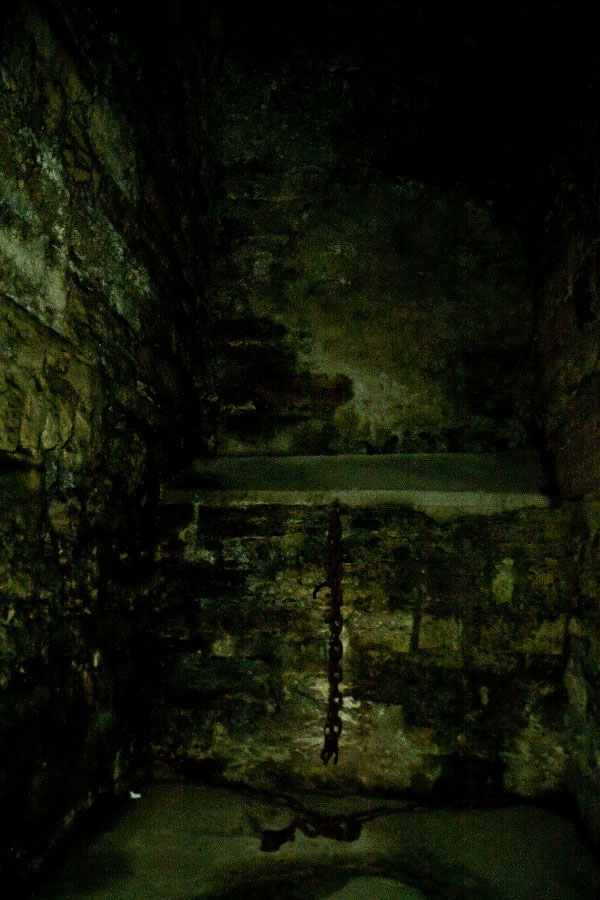
The prison of Sinop.
The administrative building is totally abundant as a real prison has been shifted to another place.
Kitchen.
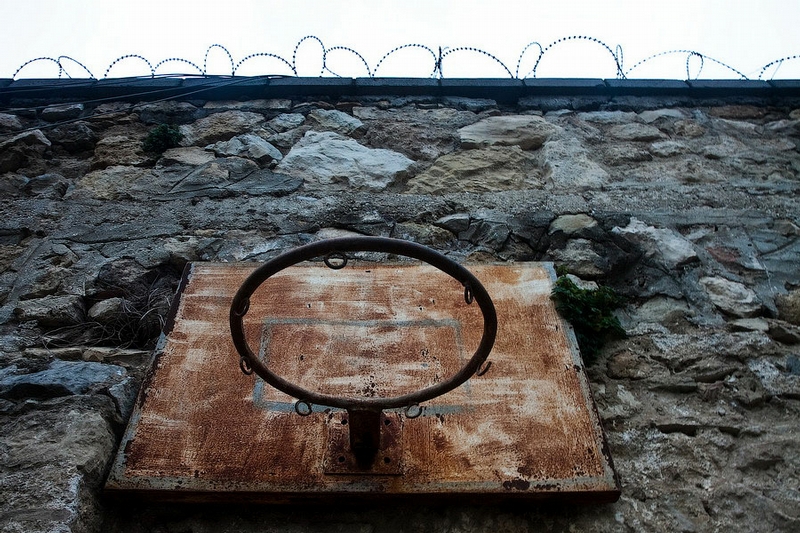
Sports round.
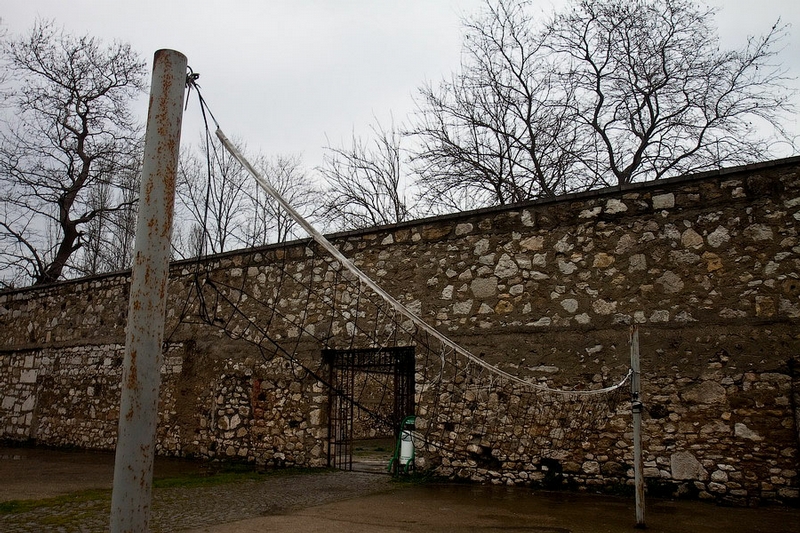

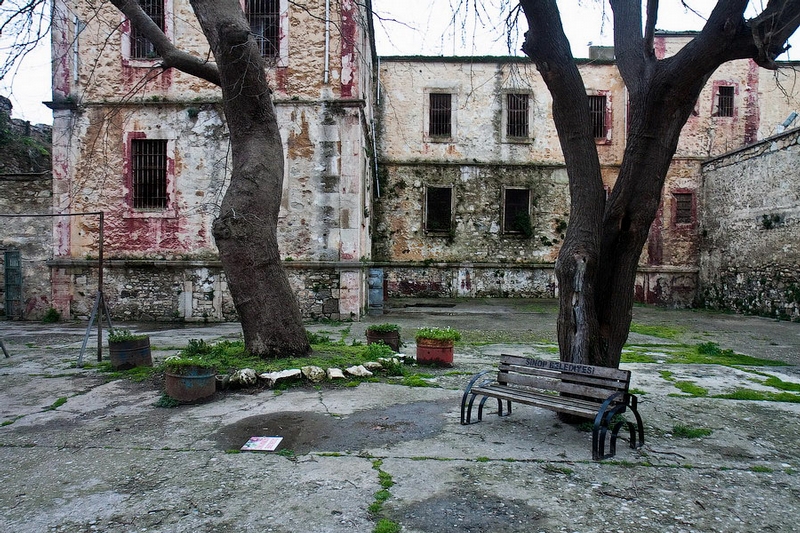
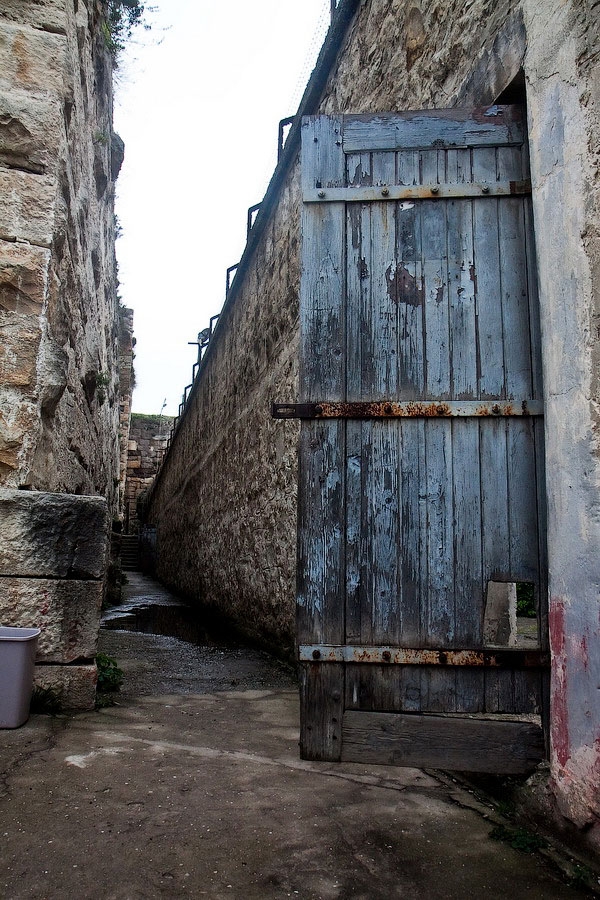

Prisoners were transported by this car.
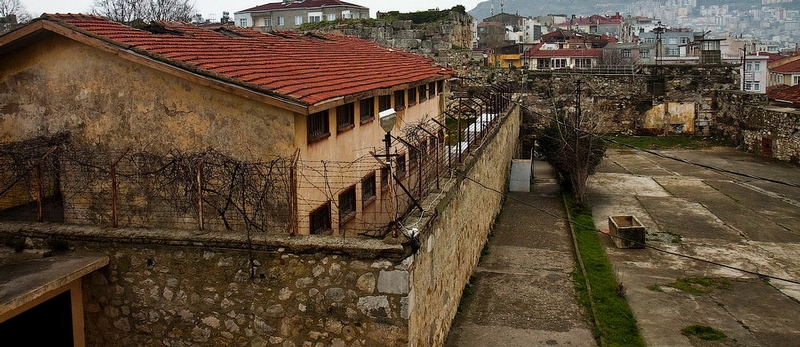
The border between freedom and imprisonment.
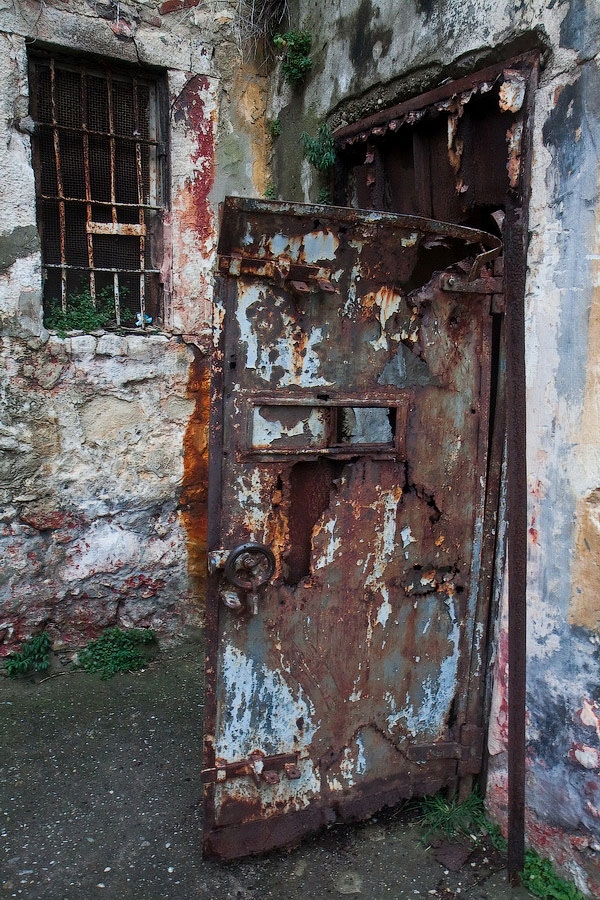
via toinvent

0 comments:
Post a Comment